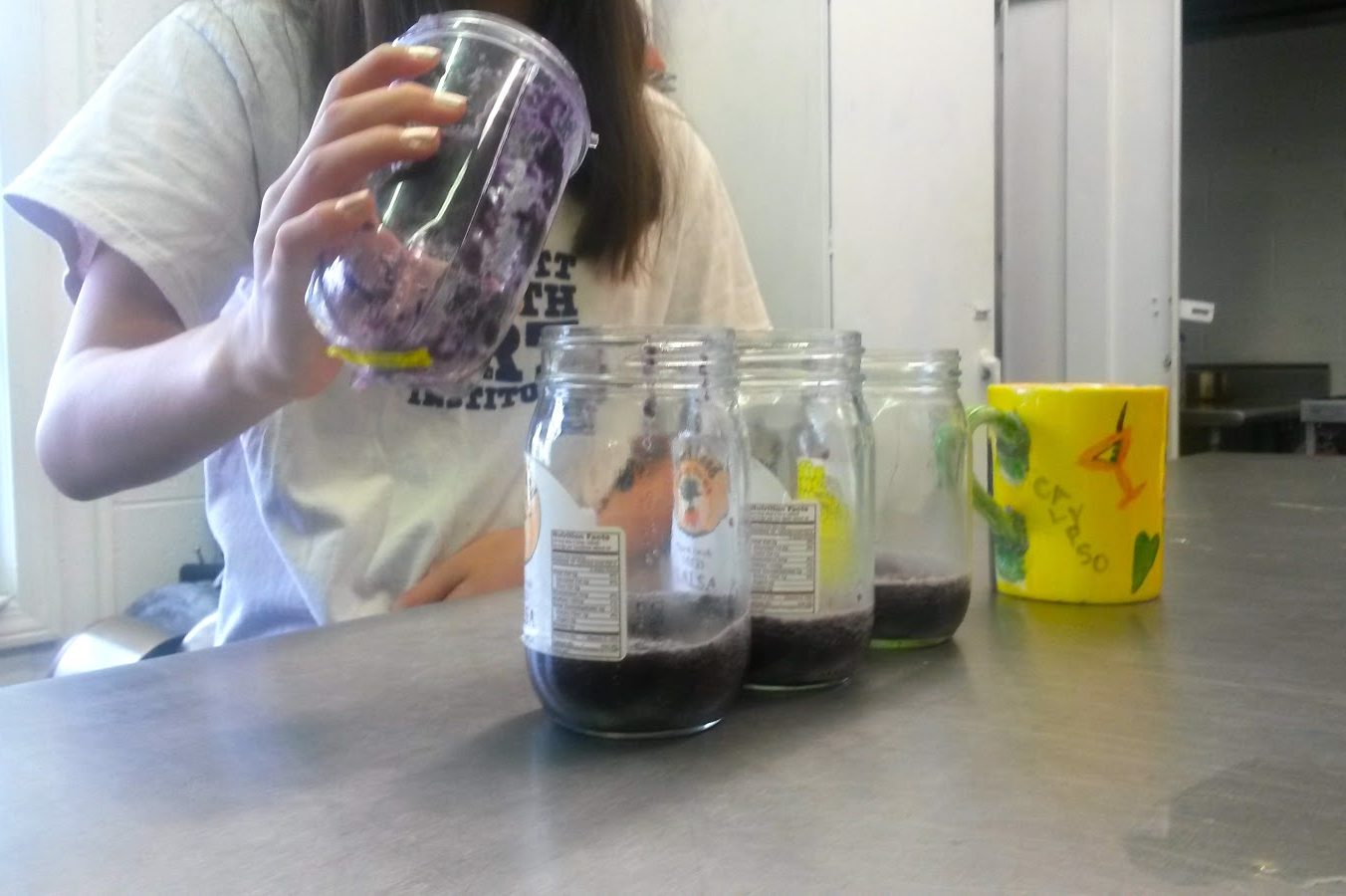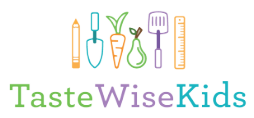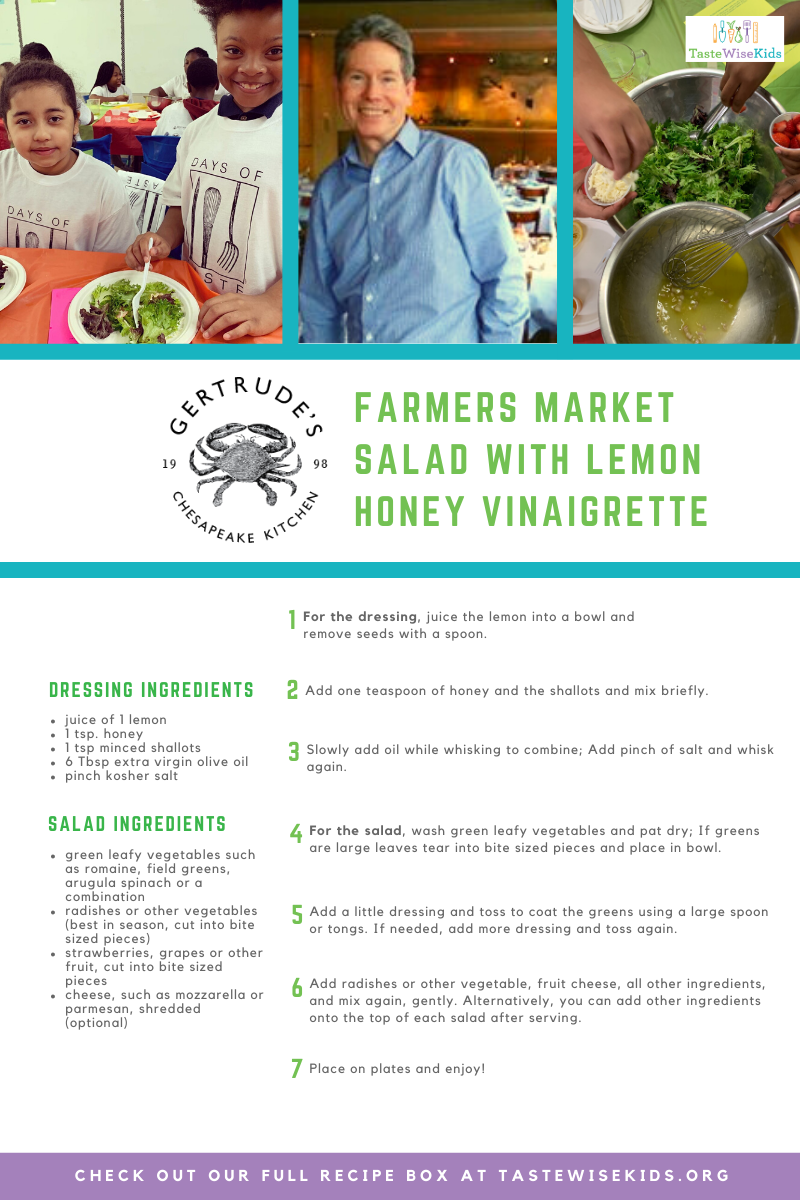#TWKatHome Activities
Salad Science
This week’s theme: Explore science with salad – including learning how plants grow in space!
Get your scientist brain ready! This fun and easy experiment – Red Cabbage Chemistry – shows how the basics of chemistry relates to cooking.

Learn from an Expert
Chef John Shields of Gertrude’s Chesapeake Kitchen on Building a Farmers Market Salad
Chef John Shields is co-owner and proprietor of Gertrude’s Chesapeake Kitchen at the Baltimore Museum of Art in Baltimore City. In addition to being a long-time partner of ours including as an amazing Chef with our Days of Taste program for over 15 years, John has written a number of cookbooks and even had his own TV show!
Chef John has created a special video just for #TWKatHome – he shows us how easy it is to make a simple, local salad using ingredients that grow near us. And keeping with our science theme, he teaches us about emulsification and the importance of balancing flavors.
If you want to get some local ingredients for your next salad, the Baltimore’s 32nd Street Farmers Market is open EVERY Saturday from 7am to noon, year round. Many TasteWise Kids farmers and partners are there every week. Now is a great time to support them if you are able to make a visit.
Now it is time for you to put your imagination and science skills to work!
Activity: Red Cabbage Chemistry
It's time to put your imagination and science skills to work! This activity uses red cabbage to help us learn how science relates to salads and food. Before reading through the instructions, try to a guess what will happen to the cabbage based
on the ingredients.
Materials for Activity
Get the printable version of the Red Cabbage Chemistry
- Red Cabbage
- Water
- Vinegar or acid
- Baking Soda or base
- Blender or Grater
- Three cups
- Measuring spoons (optional)
- Strainer (optional)
- White paper (optional)
Connect with Us
Show us your experiment! Share a picture of your your cabbage activity on Facebook or Instagram, tag us and use the hashtag #TWKatHome.
Instructions
The instructions for this activity are broken down into five steps with direction for kids and for parents.
Step 1
For Kids & Parents Together
Fill the blender ¾ of the way full with water, and ¼ of the way full with red cabbage
leaves. Blend.
- If you are using a grater, grate ½ of the red cabbage. With help from an adult, pour
water over the cabbage and let cool for twenty minutes.
Step 2
For Kids
Place your three cups or bowls in front of you and pour your cabbage mixture evenly into
the three cups. If using a strainer pour your cabbage mixture through the strainer into the three cups.
For Parents
Ask your child to take note of the color and what they see.
Step 3
For Kids
Let’s figure out which one of the glasses with the cabbage mixture will be the cup that doesn’t change. Take one of the glasses of cabbage water and add vinegar. Stir.
For Parents
Explain that the cup that doesn't change is referred to as the "constant".
Step 4
For Kids
Take the final glass of cabbage water and add baking soda. Stir.
For Parents
Talk about what you see and ask why that might be.
Key Point: Red cabbage juice turns pink or red in acids like vinegar, but turns blue to yellow-green in bases similar to baking soda.
Step 5 (Optional)
For Kids and Parents Together
- If you have space to get messy (maybe outside!), take the final product and use your finger to brush them onto a blank piece of paper.
- If you saved some of the mixture, or using the original constant, add and experiment with other kitchen ingredients.
- Do other ingredients change the color?
- Does anything else change the mixture in the same way as vinegar (an acid) or baking soda (a base)? (hint: try lemon juice!)
Extension – there are similarities between following a recipe and following a scientific experiment, providing overlap between two seemingly different things.
With the remaining cabbage that you didn’t use for your experiment, make some cabbage slaw!
Ingredients:
- Cabbage
- Two carrots
- One apple
- Parsley or cilantro or your favorite herb
- ¼ c. apple cider vinegar
- ¼ c. oil
- 1 Tbsp. honey
- Salt
- Grate the two carrots and apple into a bowl.
- With scissors, snip your herb bunch into small pieces and add to the bowl.
- Using measuring cups add ¼ cup vinegar, ¼ cup oil, and a tablespoon of honey.
Sprinkle salt on. Mix ingredients with a spoon, serve and enjoy!
Key Activity Points
- We can use red cabbage juice as a natural pH indicator
- Red cabbage juice turns pink or red in acids
- Red cabbage juice turns blue to yellow-green in bases.
- With this activity we can see there are similarities between following a recipe and following a scientific experiment, providing overlap between two seemingly different things.
Keep Learning
Want to learn about how food is grown and eaten in space?
- Check out how Astronauts grow plants in space and see the space garden that allows plants to grow without gravity.
- See how astronauts make a peanut butter and jelly sandwich while in space.
- See how science (and the scientific method) can help cooks of all ages make food just as tasty but also a bit more healthy with SciGirls.
You can learn more about food science at home! Check out this additional list of food science experiments.



